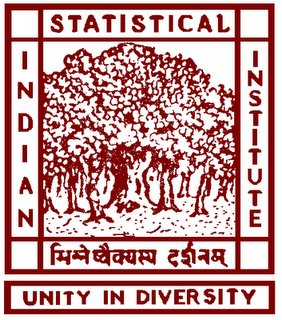


Abstract
Dynamic Portfolio Optimization using Q Learning, Extreme Value Theory and Liquidity Measure for Indian Stocks
By
Pavuluri Sushhma Seshu
| Abstract:
Stock market crashes are bound to happen, and as a risk-averse investor, one tries not to go down with it. These shocks are not only about price drops and losses. Most of the stocks bounce back to regular prices or even better after the crisis period. Illiquidity is one of the major concerns during times like these. This paper presents a way to incorporate liquidity via ask-bid spread and spread along with extreme values analysis through value at risk and expected shortfall into a dynamic portfolio optimization problem to yield a reliable portfolio. The framework developed is applied to the Indian stock market. For the same, 1) the minimum spanning tree (MST) method is used to visualize stock interactions and select stocks 2) the advantage actor-critic model (A2C) is used for portfolio allocation, and 3) extreme value theory is used for portfolio risk analysis. We used ask-bid spread, spread as liquidity measure, relative returns, rolling maxima, and minima as extreme values measure and their correlation matrices to understand the stock interactions. From there, we arrive at a portfolio that performs better than SENSEX and the minimum variance portfolio of the selected stocks. |
Committee
Workshop
Conference
Student Paper
Key Dates
Communication
StatFin Main Webpage


